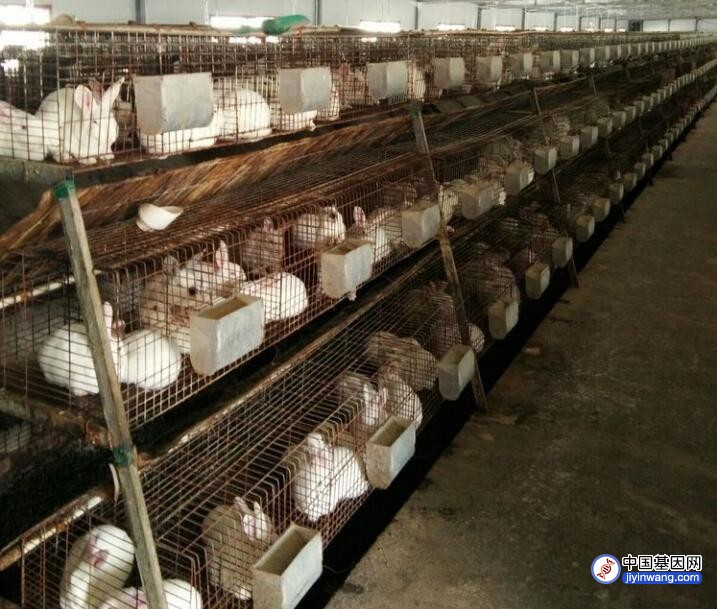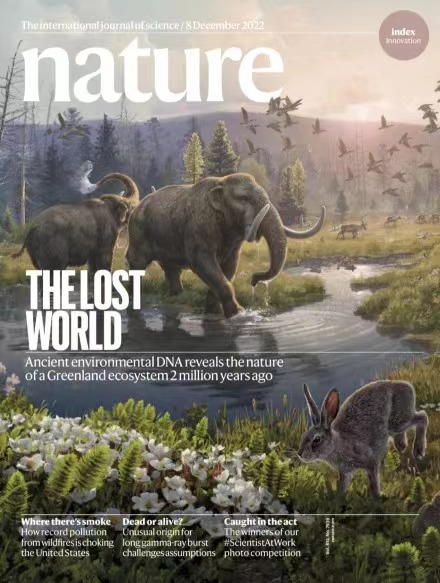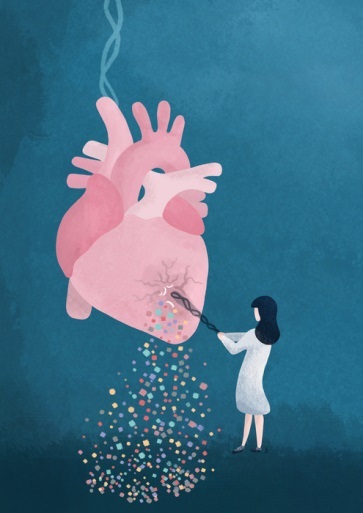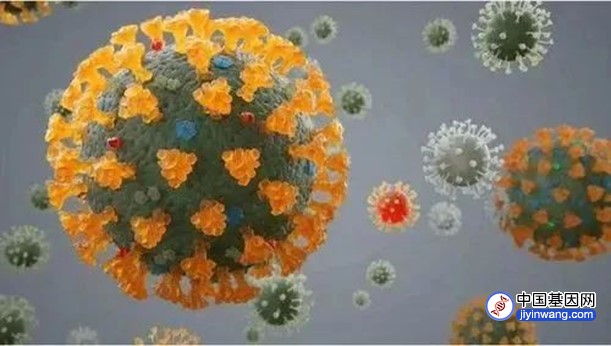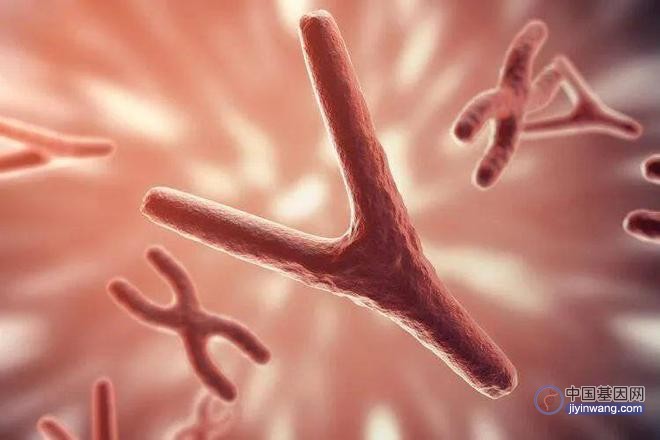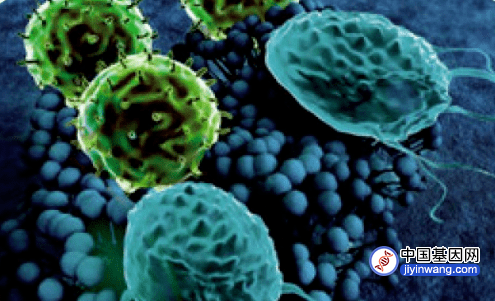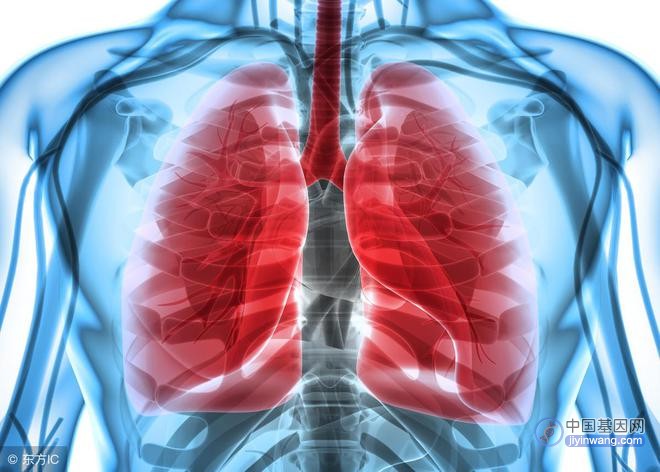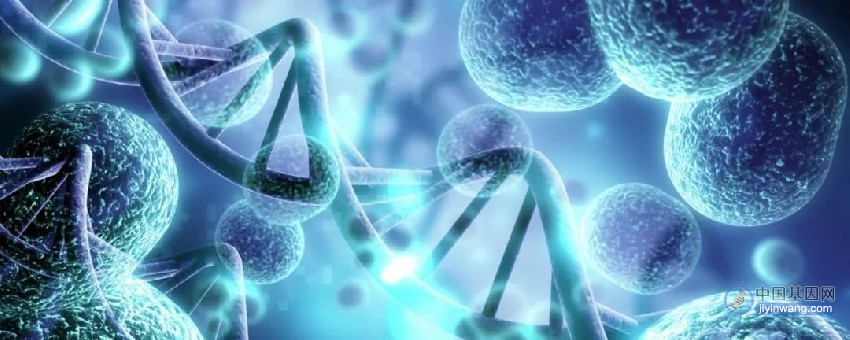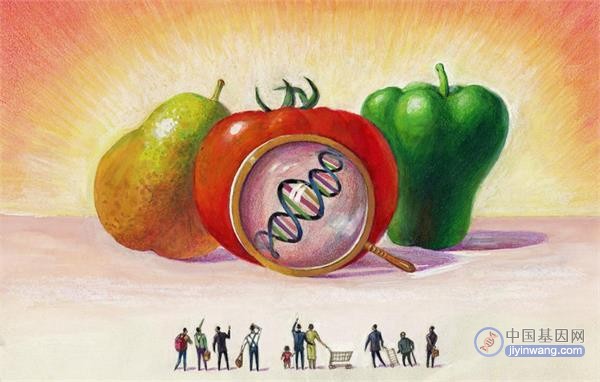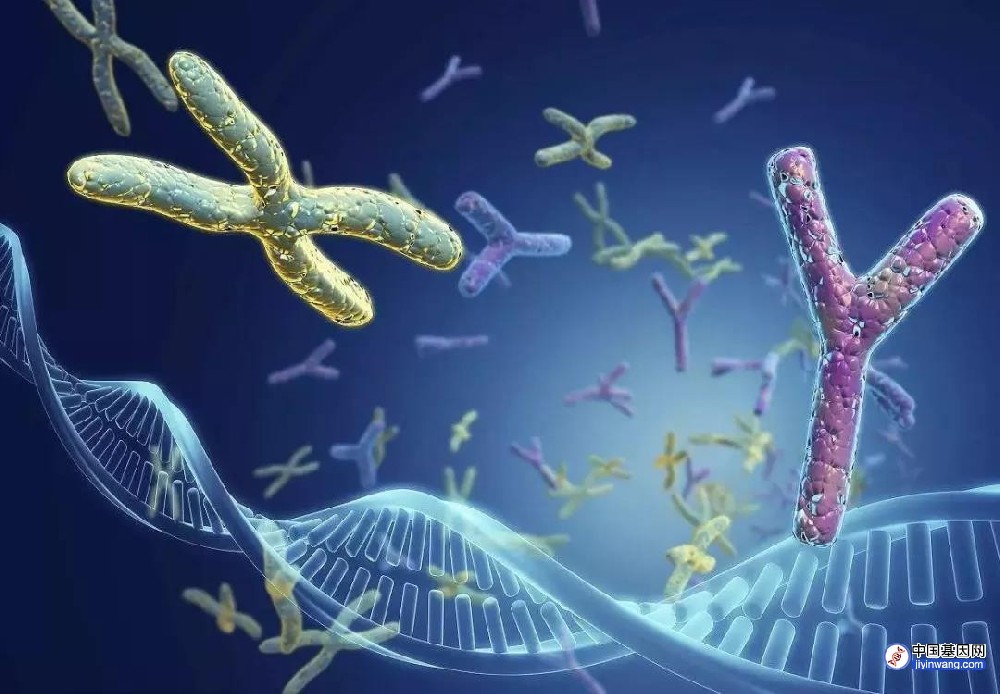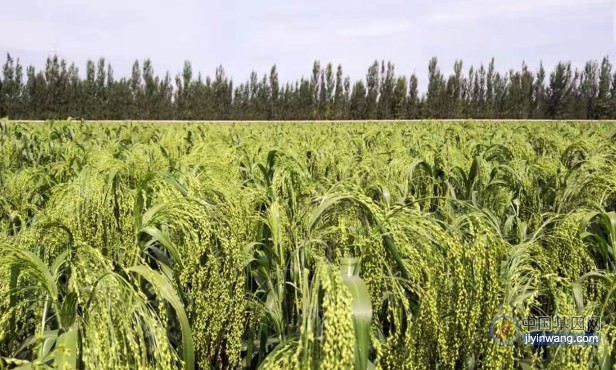Nature:为什么人类不是“变态发育”?背后的演化秘密与这些基因的激活时间有关
研究人员发现,胚胎中数十种基因的激活时间与动物生活史演化存在关联。
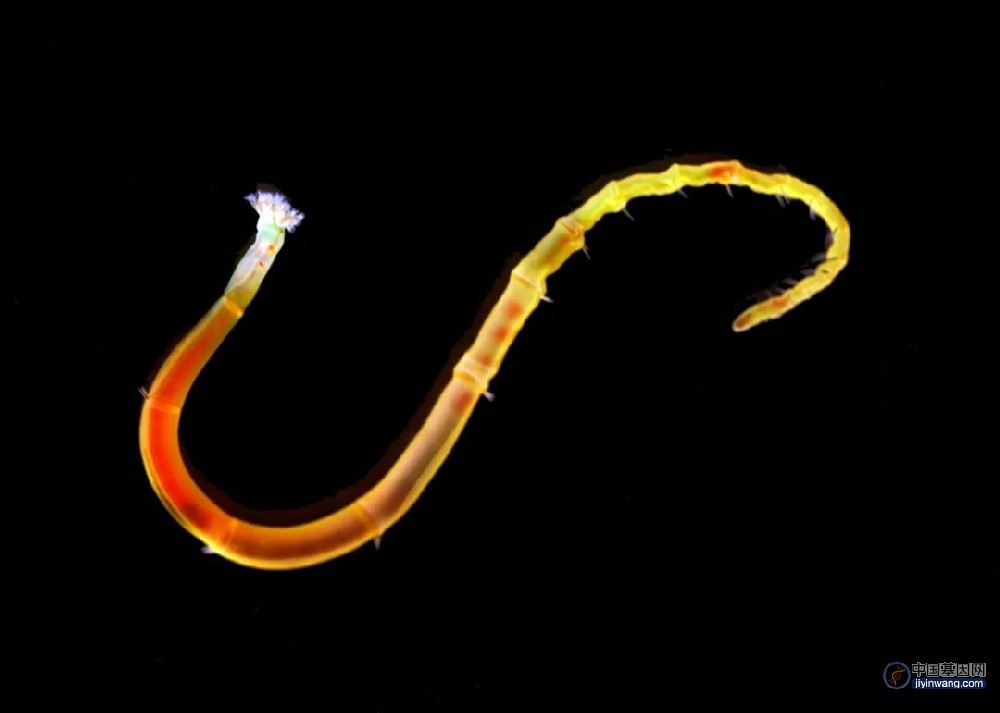
研究中使用的海洋环节动物欧文虫 Owenia fusiformis。图片来源:Chema Martín-Durán
一百多年来,生物学家一直想知道为什么动物会表现出不同类型的生活史。一些物种,如人类和大多数脊椎动物,是直接从成熟个体的“缩小版”发育而来的。相比之下,其他许多动物会产生丰富多样的中间形态,我们称之为幼虫(larvae),然后经过变态发育成为成熟个体。
然而,研究人员对幼虫的存在和起源的理解仍然有限。更重要的是,在本研究之前,没有任何研究者利用大规模的比较动物基因组学数据来解决这个问题。
在英国伦敦玛丽女王大学(Queen Mary University of London, QMUL)团队领导的一项新研究中,研究人员首次揭示了决定动物胚胎发育成为幼虫或直接迈向成年体的机制。他们证明了胚胎发育过程中关键基因激活的时间与是否具有幼虫阶段有关,也与幼虫是从周围环境中获取食物还是依靠母体在卵细胞中储存的营养有关。论文 1 月 25 日发表于《自然》(Nature)。
研究共同一作、QMUL 博士候选人 Francisco M. Martín-Zamora 表示:“看到演化如何塑造动物胚胎,在不同时间触发重要的基因并令其进入早期或晚期发育,是令人印象深刻的。假设幼虫阶段不再对生存至关重要,那么早期激活形成躯干基因可能在演化上有利,胚胎会直接发育为成年体。”
这项新研究使用了最先进的研究方法来分析三种海洋无脊椎环节动物的基因表达和调控,并与 5 亿年间演化出的 60 多个物种的 600 多个公共数据集相结合,进行了大规模分析。研究通讯作者之一,来自英国伦敦大学学院(UCL)的 Ferdinand Marlétaz 博士表示:“只有结合实验证据和系统的计算分析,我们才能揭示这种全新的生物学知识。”
"尽管这些技术已经出现了十多年,但没有团队将其用于此目的。我们获得的新数据集和开发的分析方法将是其他研究人员极其有用的资源。",研究的另一位共同一作、QMUL 博士后梁妍博士(Yan Liang)强调。
本研究的主要通讯作者、 QMUL 有机体生物学高级讲师 Chema Martín-Durán 博士表示:“发育生物学主要关注小鼠、果蝇和其他已经有详细研究背景的物种,我们称之为模式生物。我们的研究表明,经常被忽视的非模式物种对于理解动物的发育和演化至关重要。”
与形成躯干(紧随头部之后,一直延伸到尾部的身体区域)相关的基因是至关重要的。某些物种会形成几乎没有躯干的幼虫,称为“头状幼虫”(head larvae),这种模式可能早在所有具有头部和尾部的动物的祖先分化前就已经存在。直接发育模式是从胚胎直接发育形成小型成体,这种生活史在动物类群中演化出来的时间可能更晚,比如人类和大多数脊椎动物。由于形成躯干的基因在胚胎发育中更早激活,在演化过程中幼虫特征逐渐消失。
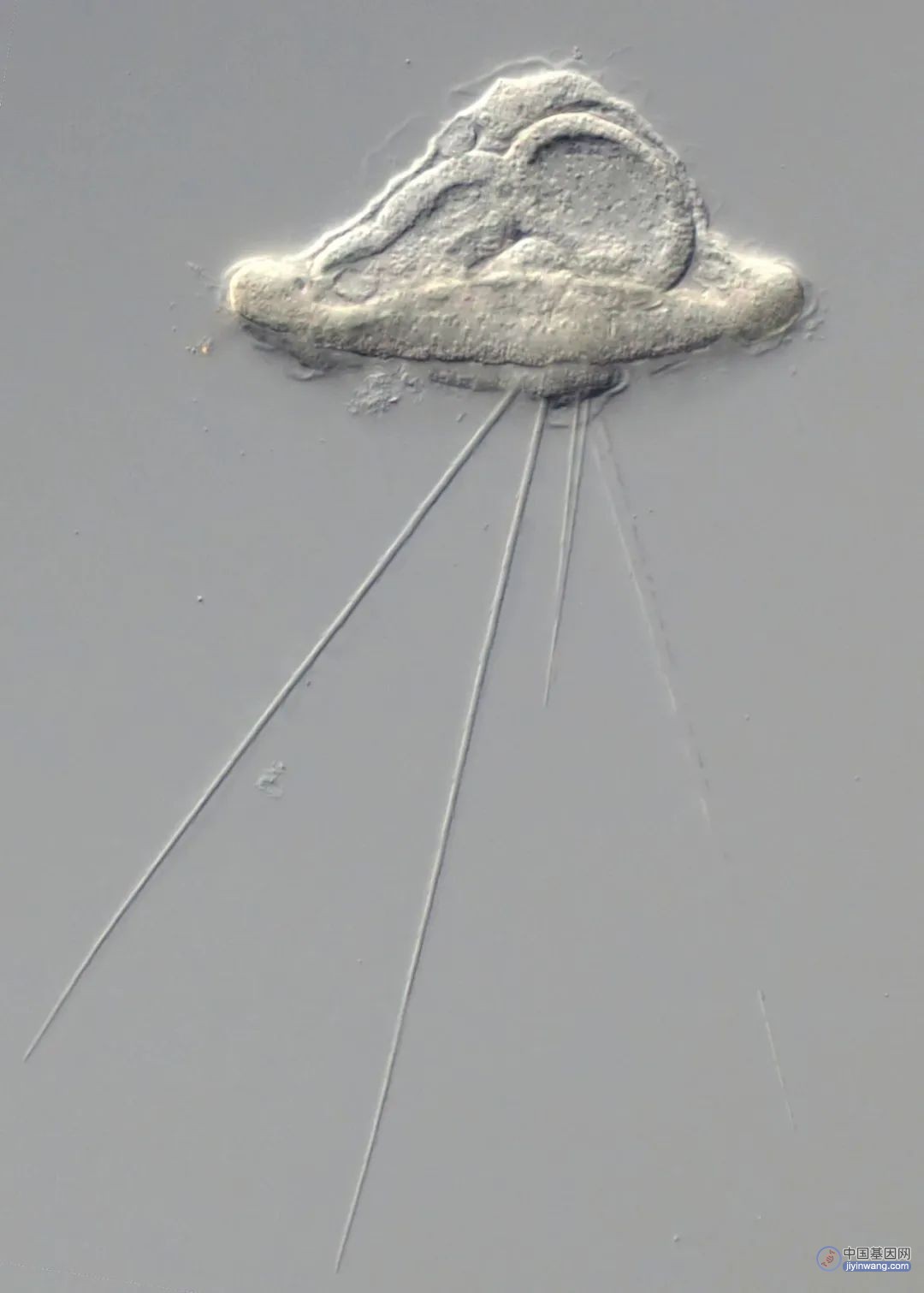
Owenia fusiformis 的幼虫 图片来源:Allan M. Carrillo-Baltodano
“我们希望该领域的其他研究人员继续研究动物生活史演化这一令人兴奋的话题,并为我们提出的假说提供进一步的证据。”,该研究的合作者之一,德国耶拿大学( Friedrich-Schiller-University Jena) 教授 Andreas Hejnol 博士说道。
本研究由伦敦玛丽女王大学领导,英国伦敦大学学院、帝国理工学院(Imperial College London)和威尔士国家博物馆(National Museum Wales),日本冲绳科学技术研究所(Okinawa Institute for Science and Technology),德国耶拿大学和挪威卑尔根大学(University of Bergen)的十余位不同专业背景的研究人员也参与了该研究。
该工作得到了欧盟 Horizon 2020 计划和欧洲研究委员会(ERC)的资助,以及英国生物技术和生物科学研究委员会(BBSRC)、英国皇家学会(The Royal Society)和日本学术振兴会(JSPS)的资助。
原文链接:
https://www.qmul.ac.uk/media/news/2023/se/scientists-discover-the-evolutionary-secret-behind-different-animal-life-cycles.html
论文信息
【标题】Annelid functional genomics reveal the origins of bilaterian life cycles
【作者】Francisco M. Martín-Zamora, Yan Liang, Kero Guynes, Allan M. Carrillo-Baltodano, Billie E. Davies, Rory D. Donnellan, Yongkai Tan, Giacomo Moggioli, Océane Seudre, Martin Tran, Kate Mortimer, Nicholas M. Luscombe, Andreas Hejnol, Ferdinand Marlétaz & José M. Martín-Durán
【期刊】Nature
【时间】25th January 2023
【DOI】 https://doi.org/10.1038/s41586-022-05636-7
【摘要】Indirect development with an intermediate larva exists in all major animal lineages1, which makes larvae central to most scenarios of animal evolution2,3,4,5,6,7,8,9,10,11. Yet how larvae evolved remains disputed. Here we show that temporal shifts (that is, heterochronies) in trunk formation underpin the diversification of larvae and bilaterian life cycles. We performed chromosome-scale genome sequencing in the annelid Owenia fusiformis with transcriptomic and epigenomic profiling during the life cycles of this and two other annelids. We found that trunk development is deferred to pre-metamorphic stages in the feeding larva of O. fusiformis but starts after gastrulation in the non-feeding larva with gradual metamorphosis of Capitella teleta and the direct developing embryo of Dimorphilus gyrociliatus. Accordingly, the embryos of O. fusiformis develop first into an enlarged anterior domain that forms larval tissues and the adult head12. Notably, this also occurs in the so-called ‘head larvae’ of other bilaterians13,14,15,16,17, with which the O. fusiformis larva shows extensive transcriptomic similarities. Together, our findings suggest that the temporal decoupling of head and trunk formation, as maximally observed in head larvae, facilitated larval evolution in Bilateria. This diverges from prevailing scenarios that propose either co-option9,10 or innovation11 of gene regulatory programmes to explain larva and adult origins.
【链接】https://www.nature.com/articles/s41586-022-05636-7
声明:本站所有文章资源内容,如无特殊说明或标注,均为采集网络资源。如若本站内容侵犯了原著者的合法权益,可联系本站删除。







![基因测序行业深度研究报告:未来大健康领域黄金赛道[共77页] 基因测序行业深度研究报告:未来大健康领域黄金赛道[共77页]](/static/upload/other/20230126/1674744324488315.jpeg)
